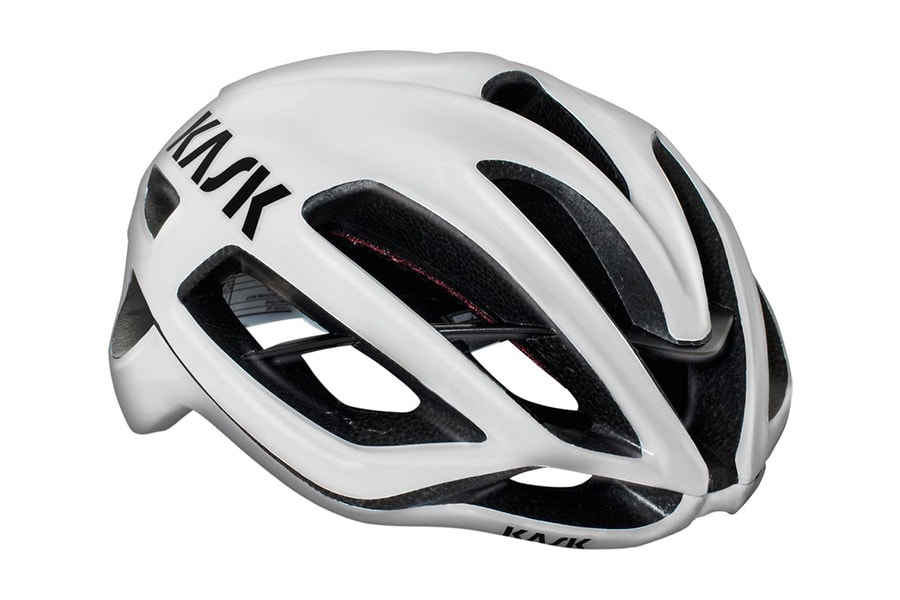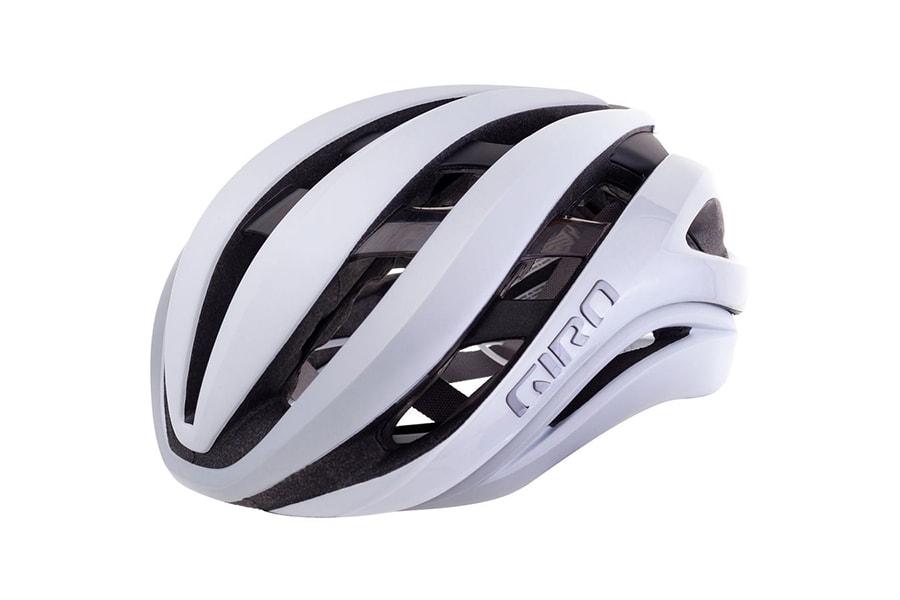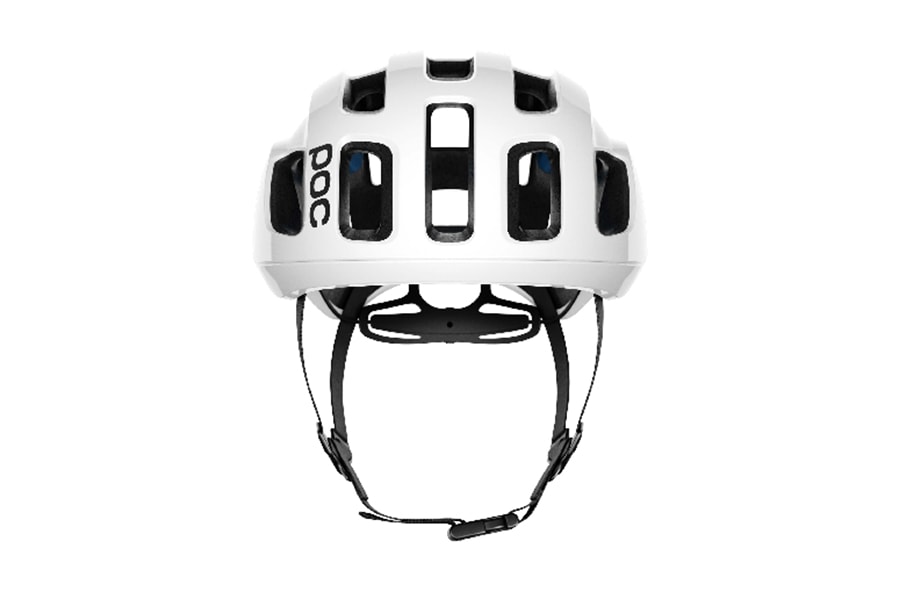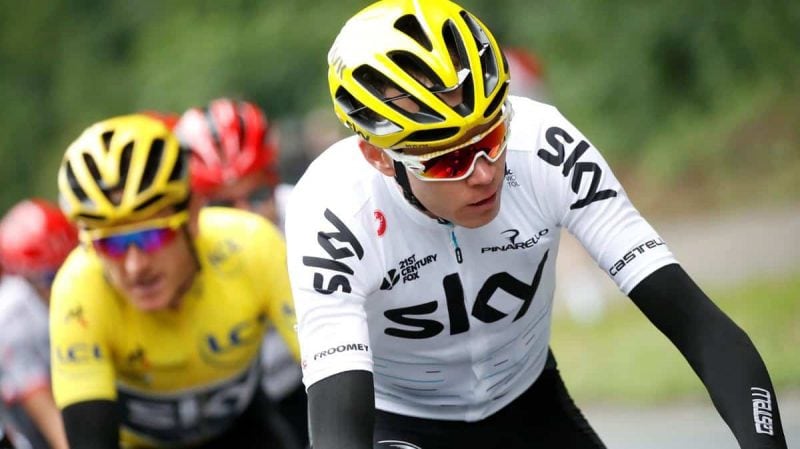Kask Protone Helmet Review

Kask is an award-winning, Italian helmet brand started back in 2004. Today they specialize in safety helmets for cycling, horse riding, and mountaineering.
Road cycling is where they really excel.
Try asking any serious cyclists out there about their favorite bike helmet. Chances are you’ll be hearing them mention the Kask Protone more often than not. Alternatively, pay attention to the helmets in the bunch the next time you rock up to a bunch ride.
If you’re a follower of the Tour de France for the past 5 years, you’ll surely come across the Kask Protone on the head of Ineos Grenadiers (formerly Team Sky) riders en route to winning the 3 weeks bike race.
So on this page, we’ll take a deeper look into what makes the Kask Protone so popular for the past 6 years.
Here’s a quick look at the specifications before we dive deeper into the later sections.
Technical Specifications
- Sizing : S, M, L (from 50 to 62cm head circumference)
- Colors : 25
- Weight : 215g (Size M)
- Standards : CE EN 1078, CPSC 1203, AS/NZS 2063
Who is it For?
The Kask Protone is for serious road cyclists who want to look good and classy riding their bikes. It sits in the premium and performance bike helmets range, so be prepared to fork out some serious cash for it.
It’s also available in 25 different color combinations for those who want to get their matching helmet and bike colors.
Our Opinion
As a cyclist myself, I’m curious to see what makes the Kask Protone so popular for so long. So, I’ve purchased one myself from Competitive Cyclist to see and use it first hand.
Here’s what I think about the Kask Protone after 4 weeks of riding.
As a cyclist myself, I’m curious to see what makes the Kask Protone so popular for so long. So, I’ve purchased one myself from Wiggle to see and use it first hand.
Here’s what I think about the Kask Protone after 4 weeks of riding.
Pros
- Timeless design. Continues to be very popular 6 years after being launched.
- Lightweight. Weighs only 230g for a medium size
- Multiple colors. Choose from 25 different color and finish combinations.
Cons
- Lack of MIPS when others have fully embraced this safety technology
A Timeless Design
It was first launched at the Tour de France in 2014 and today it’s still worn by Team Ineos Grenadiers at the race. In 2020, the Kask Protone is in its 6th year running and still doesn’t show any signs that it will be replaced anytime soon.
Most of its direct competitors have had at least one, or even two iterations or replacements.
At first glance, you’ll notice that the design is unique, especially when it was first launched. It’s among the first semi-aero bike helmets when the industry was all in for one, or the other.
This is clearly noticeable with the large vents at the front and smooth, covered top. The thinking behind this is to have the airflow smoothly over the head, giving a bit of aerodynamics gain.
Today, even with its competitors catching up with this hybrid design, the Kask Protone continues to look good with its timeless design.
Leather Strap is A Nice Touch
One subtle but nice touch about the Kask Protone is the leather strap.
Most, even premium bike helmets use the traditional nylon strap. There’s nothing inherently wrong with a nylon strap (except when it’s white which makes it prone to decoloration overtime), but the addition of leather makes it feel plush.
The leather straps sit well with the chin and don’t cause any irritation when sweating profusely, especially for those who have sensitive skins.
Good Ventilation for Most Days
Don’t be fooled by the eight vents on the front section. They’re not only large but shaped in such a way that provides a lot of airflows and very breathable.
From my experience, the Kask Protone performs well on hot summer days.
I can feel the breeze even when I’m riding my way up a climb at a hard pace. The only time when I felt it slightly disappoints was when it was really hot with temperatures above hitting 35°C / 95°F.
If you constantly ride in these temperatures, the Kask Valegro could be a better option with better ventilation.
Falls into the Lightweight Category
At 215g for a medium-size, the Kask Protone falls into the lightweight category.
To put things into perspective, its direct competitors such as the Giro Aether weighs 265g, POC Ventral SPIN weighs 230g and Abus Airbreaker weighs 215g.
If you want an even lighter helmet, the Kask Valegro weighs below 200g.
Take note that weight can be subjective depending on where you’re located. The weight quoted on most websites is likely for the North American (CPSC) or European (CE) version.
As far as I know, the Australian and New Zealand (AS/NZS) versions weigh slightly more because they use different safety certification standards. In order for all helmet manufacturers to meet these standards, they need to make tweaks which usually led to a heavier helmet.
Sizing Runs True, Fit Can Be Subjective
From my experience, the Kask Protone sizing charts run true. But that’s the easy and only one side of the story. With a head circumference of 54cm, I’m wearing a medium size. The Octo Fit back dial allows for finer adjustments and can be moved up or down to achieve the perfect fit.
For helmets, while the size is important, fit is even more important. Everyone has a slightly different skull shape and this will determine how well the helmet wraps around your skull.
As for myself, while I have no idea about my skull’s shape, the Kask Protone wraps around both the sides and back of my skull snugly and comfortably. For comparison sake, I have a similar fit when using Giro and POC helmets.
However, my skull shape doesn’t quite agree with the shape of Abus and Oakley helmets. The Abus felt tight on the sides while the Oakley leaves a big gap between my skull and the helmet at the back.
Lack of MIPS is Glaring
If you look at most bike helmets today, you’ll definitely notice the wording MIPS which means Multi-directional Impact Protection System. It’s a safety mechanism built into the helmet to protect against rotational force impacts when the head hits the ground.
The big thing missing with the Kask Protone is the absence of MIPS. As most helmet brands adopt MIPS over the past few years, Kask continues to head in the opposite direction. This decision has continued to baffle many cyclists but only Kask knows why.
One thing for sure, the absence of MIPS certainly doesn’t affect the popularity of the Kask Protone.
Read More : Do You Really Need A Bike Helmet with MIPS?
What Others are Saying?
Top-quality road helmet
Super lightweight, great adjustability, comfortable padding, generous ventilation. I don’t know about the aerodynamics, but if wind noise is any indication, it is much more aero than my previous helmet (Kask Mojito). Highly recommended.
Great helmet
It was time for a new helmet and after some research and reading reviews, and trying on several brands and models, I landed on the Kask Protone. Great fit, aero, and plenty of ventilation. I would recommend this helmet to anyone looking for quality aero road helmet.
This is an amazing jacket
Admittedly the helmet is very expensive but the fit makes it worthwhile.
I believe most users will find it easy to get a good fit due to the multiple points of adjust-ability within the helmet’s straps.
The only point of note I’ve found is that it takes a few rides for the pleather chin strap to break in and sit nicely within the plastic clip
MikeV33, purchased from Wiggle
Kask Protone
Overall
-
Design and Aesthetics
-
Breathability
-
Fit and Comfort
-
Safety and Protection
-
Weight
Buy This If...
If you want a sleek, stylish, and timeless design helmet that looks good on the bike. The current design is more than 5 years old but it still ranks among the best looking helmets today.
How Much Does it Cost?
Depending on your location, pricing for the Kask Protone starts at :
- US Dollars : $299 (Available at Competitive Cyclist)
- British Pounds : £199 (Available at Wiggle)
- Australian Dollars : A$399 (Available at Pushys)
These are the RRP (Recommended Retail Prices), and oftentimes you can get them between 10 to 20% cheaper, depending on the retailers and if they’re running any promotions during that time.
Also, some variants such as matte or white finishes tend to cost more because of their popularity.
Author Recommended Reads




